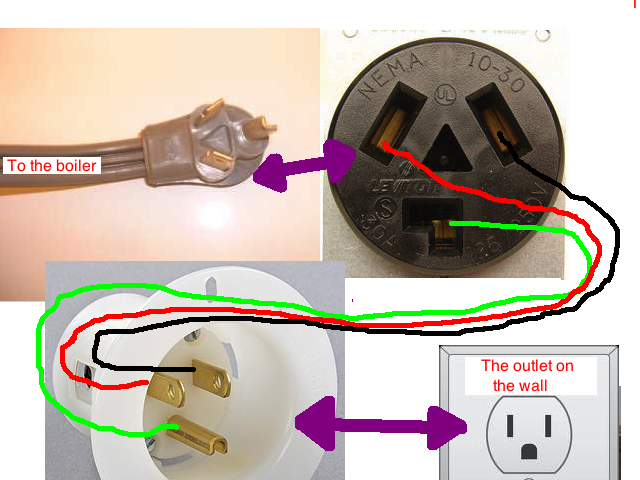DesignatedDecoy
Well-Known Member
- Joined
- Oct 17, 2013
- Messages
- 98
- Reaction score
- 2
assuming i have a 220v setup,
can i build a very short extension cord with soow wire and plug ends to turn a 220v setup into a 120v setup. I made a quick, ****ty drawing to illustrate what im talking about lol.

can i build a very short extension cord with soow wire and plug ends to turn a 220v setup into a 120v setup. I made a quick, ****ty drawing to illustrate what im talking about lol.



